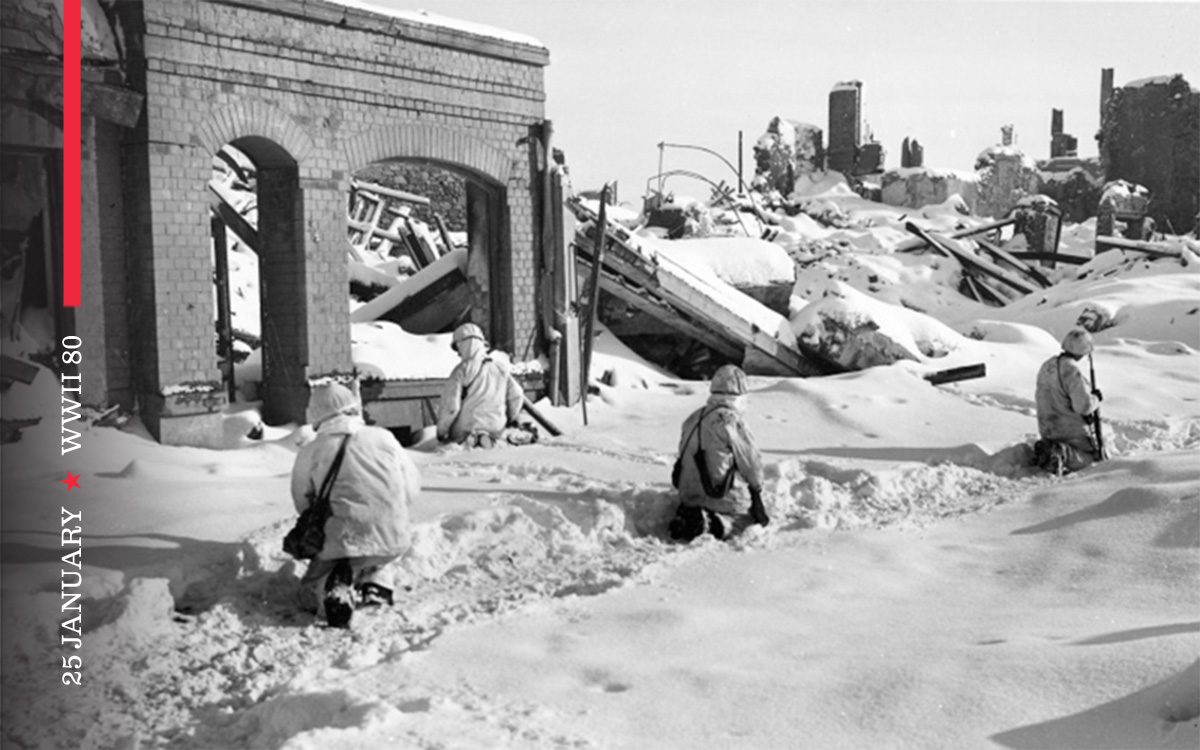WWII 80: “The President is Dead” | April 12, 2025
WWII 80: Highlights from the Truman Library
“The President Is Dead”
April 12, 1945
On the afternoon of April 12, 1945, Vice President Harry S. Truman was just starting to relax after a day of presiding over the Senate when he was urgently summoned to the White House. There he received the unwelcome news that President Franklin Roosevelt had died and that he was now president.
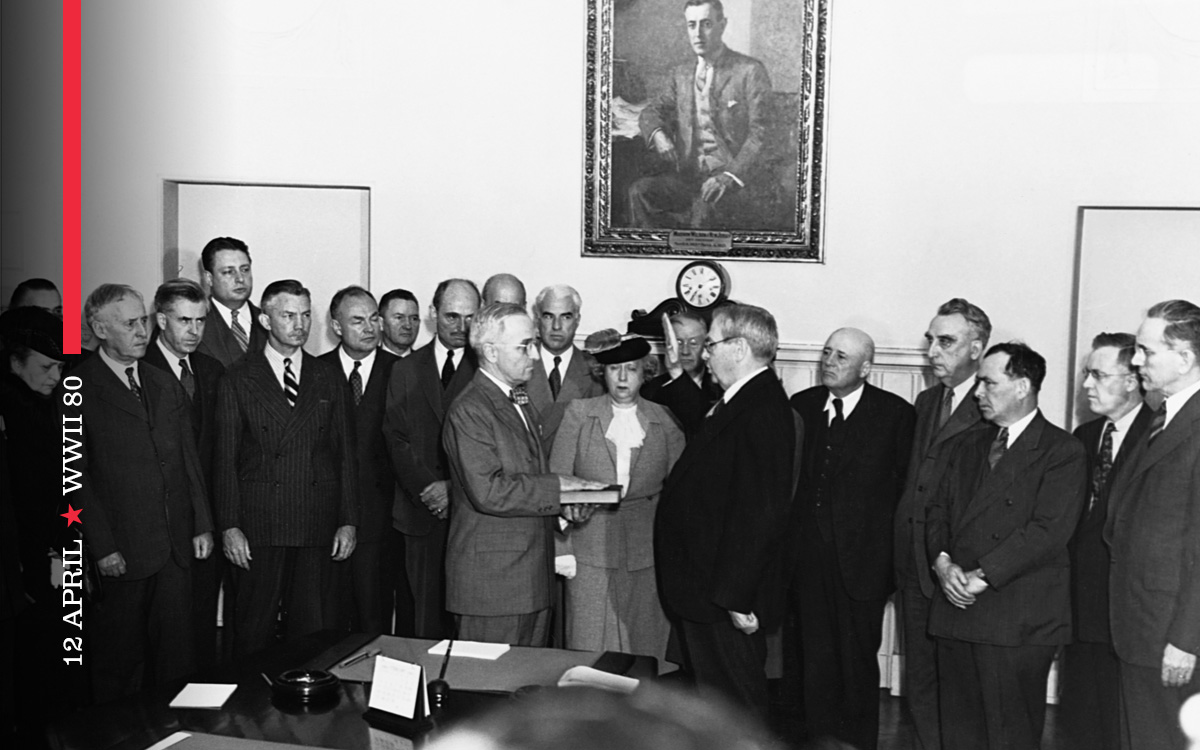
The Liberation of Buchenwald | April 11, 2025
The Liberation of Buchenwald
April 11, 1945
On April 11, GIs of the 6th Armored Division entered Buchenwald, the main camp in a large complex of concentration camps near Weimar that had recently been abandoned by German troops. American soldiers who liberated the camp were met by thousands of emaciated camp survivors. Shortly after the camp’s liberation, Bernard Bernstein reached Buchenwald and came face-to-face with the horrors of the Nazi Holocaust. His story is part of the Truman Library’s archives.
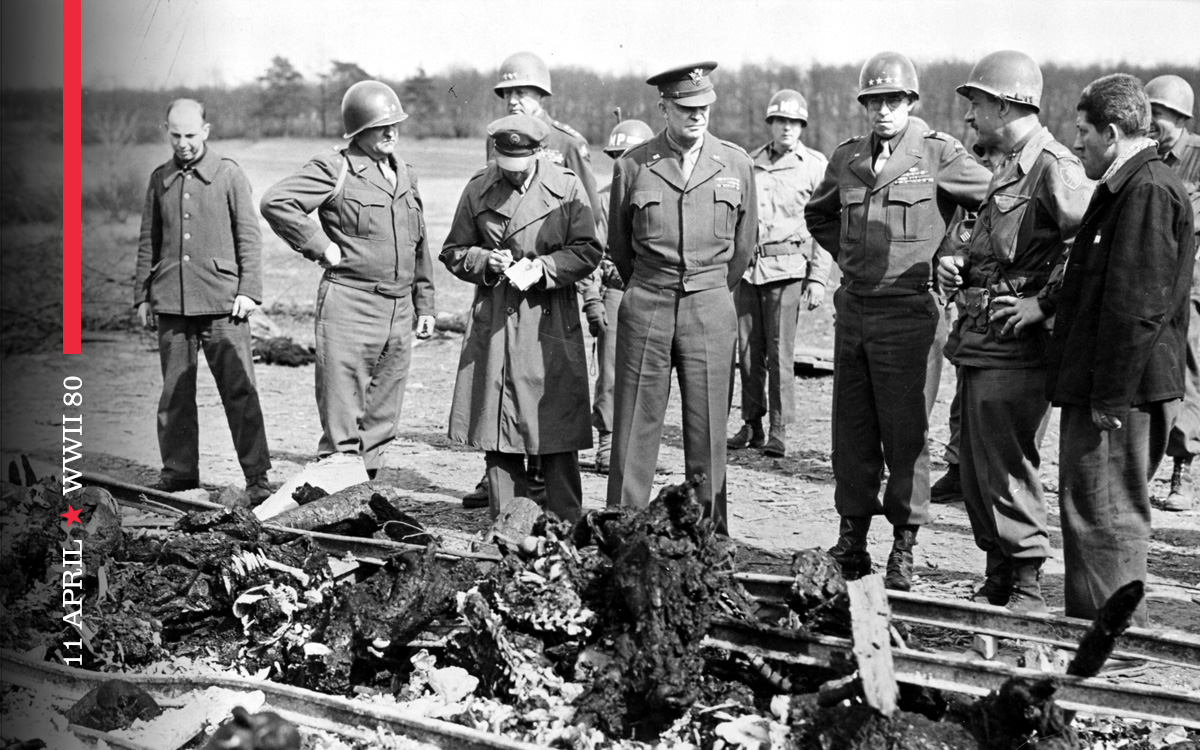
WWII 80: The Tokyo Fire Raids | March 9, 2025
WWII 80: Highlights from the Truman Library
The Tokyo Fire Raids
March 9, 1945
On the night of March 9-10, 1945, American B-29 bombers barraged Tokyo with napalm in the most devastating aerial bombardment in history.
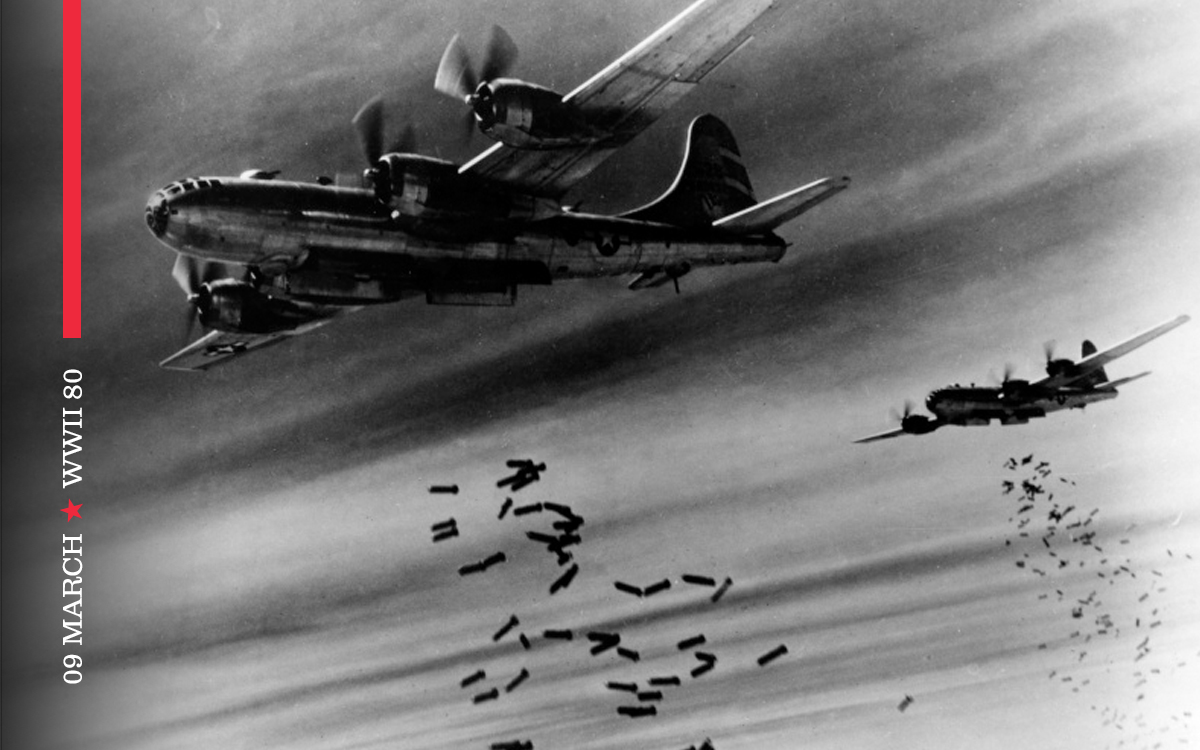
WWII 80: Iwo Jima | February 23, 2025
WWII 80: Highlights from the Truman Library
Iwo Jima
February 23, 1945
The Iwo Jima Memorial in miniature is a small testament to tremendous courage.
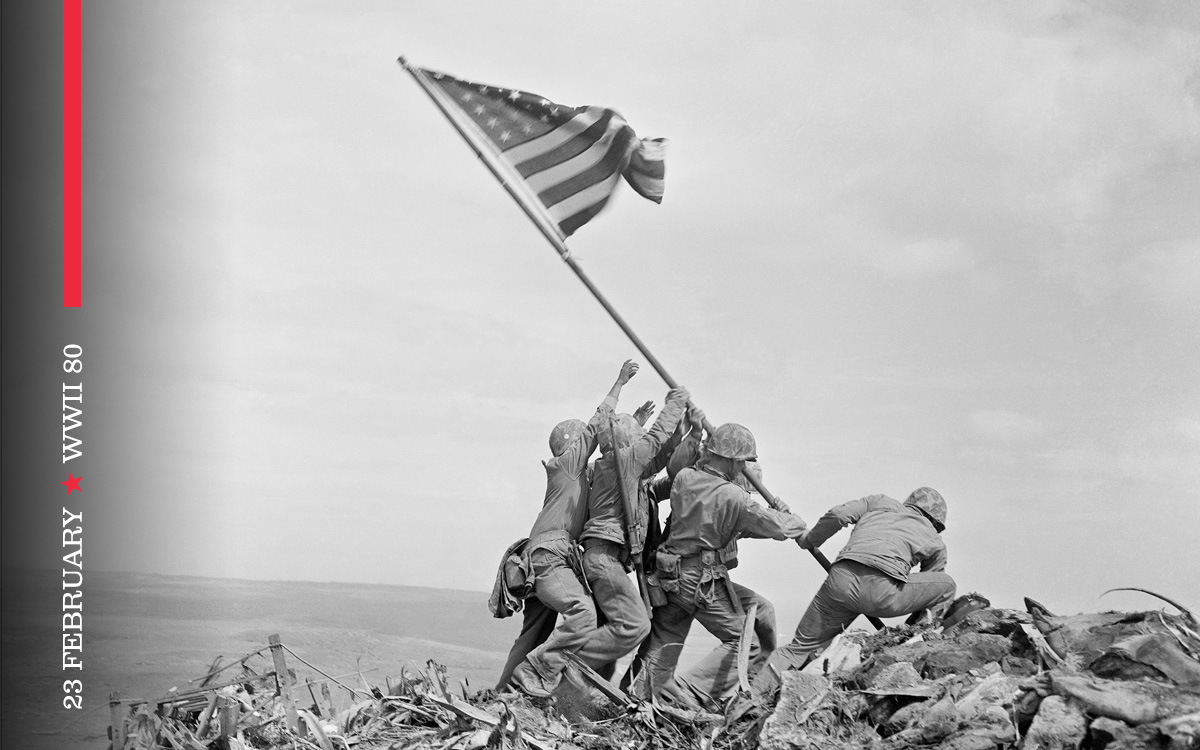
WWII 80: The Bombing of Dresden | February 13, 2025
WWII 80: Highlights from the Truman Library
The Bombing of Dresden
February 13-15, 1945
Eighty years ago, the Allied nations joined forces to defeat fascist brutality in Germany and Japan. That march to victory, however, was not without its own horror. Then as now, the bombing of Dresden exemplifies the cruelty of that cruelest of wars.

WWII 80: The Yalta Conference | February 4, 2025
WWII 80: Highlights from the Truman Library
The Yalta Conference
February 4-11, 1945
80 years ago, three men mapped the end of World War II. Did they also pave the way for a Cold War?
From February 4-11, 1945, the Crimean resort town of Yalta hosted some of the most powerful men in the world. These officials did not come to Yalta for relaxation, however. In what was only their second (and last) meeting together, American President Franklin D. Roosevelt, British Prime Minister Winston Churchill, and Soviet Premier Joseph Stalin (along with other military and political figures of the “Big Three” nations) planned their final victory over the Axis powers and reached an agreement for governing Europe.
“
“Nazi Germany is doomed. The German people will only make the cost of their defeat heavier to themselves by attempting to continue a hopeless resistance.”
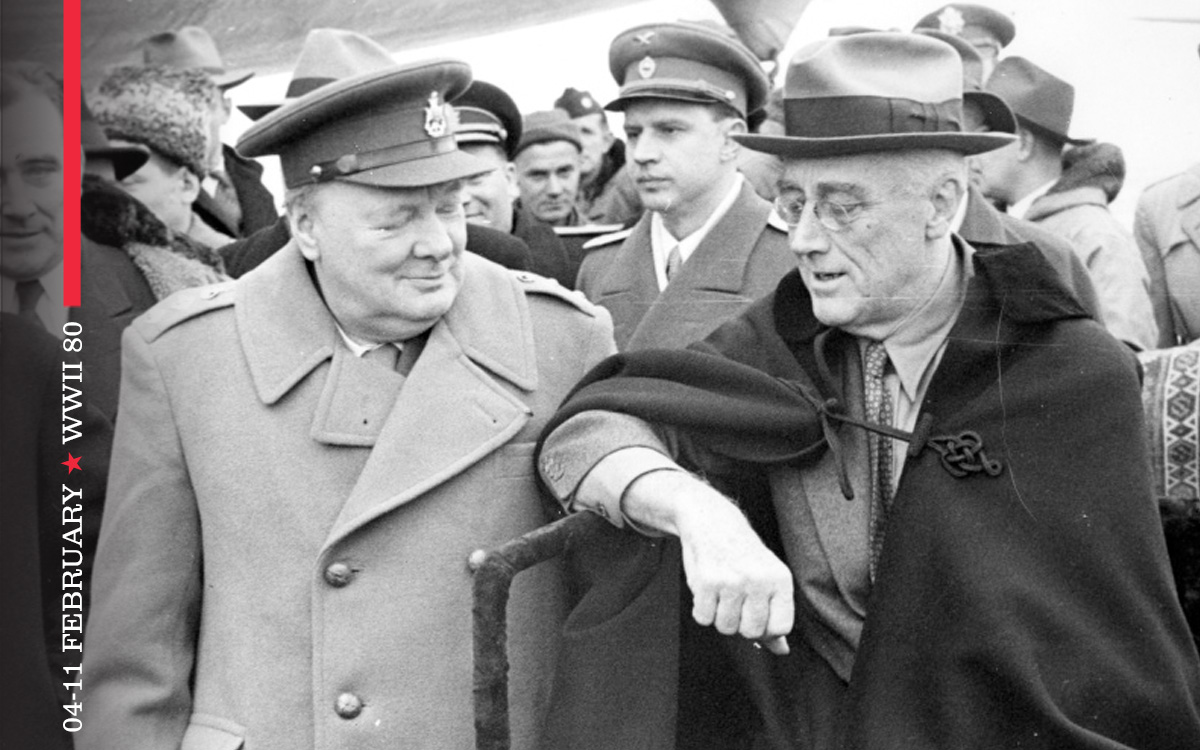
WWII 80: The Battle of the Bulge | January 25, 2025
WWII 80: Highlights from the Truman Library
The Battle of the Bulge
Thursday, January 25, 1945
How did the Allied forces win the bloodiest American battle of the deadliest war in human history?
On December 16, 1944, at the beginning of a historically frigid winter, the Germans launched what would be their final major offensive of World War II. Over the course of six weeks, Allied forces thwarted the German armies’ attempts to split them. The Battle of the Bulge was the bloodiest battle for American forces on the Western Front during WWII – 20,000 Americans were killed in this battle; tens of thousands more were wounded, missing, or captured. Despite these great losses, the Battle of the Bulge ended with an Allied victory 80 years ago today.
